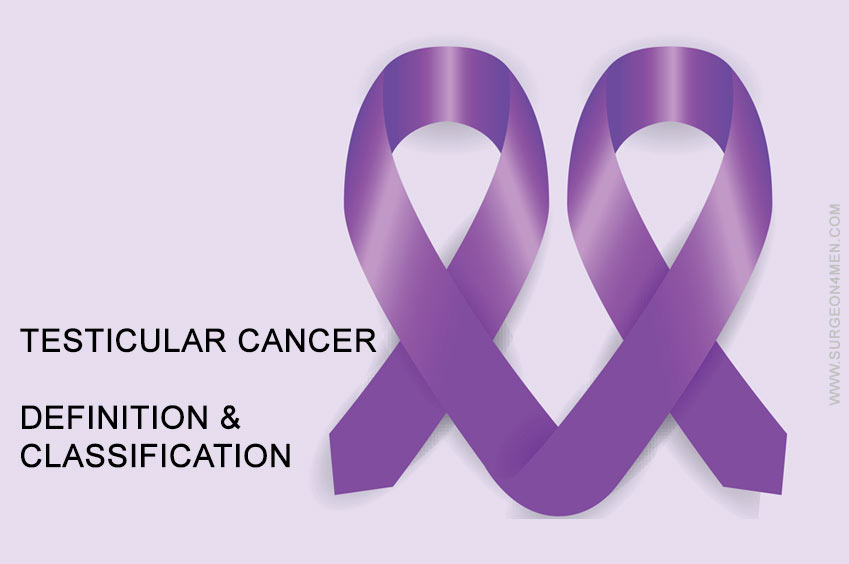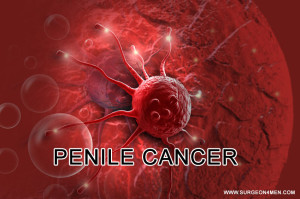Testicular Cancer: Definition and Classification
Testes are an important part of the male reproductive system. They resemble golf balls in their size and are located in the scrotal sacs present at the base of the penis. They two main functions of the testes are production of testosterone, the male sex hormone, and the production of sperms, the cells that are required for fertilization. Any cancer originating in the testis is called as testicular cancer.
Classification of Testicular Cancer
On the basis of the cells from which it develops testicular cancer can be classified under different types. This classification is important as the treatment and prognosis of one type of cancer varies from the other. The classification of testicular cancer is as under:
- Germ cell cancers
- Stromal cell cancers
- Secondary testicular cancers
Germ cell Testicular Cancers
Germ cells are the cells that are responsible for the formation of the sperms. More than 90% of all testicular tumors are germ cell tumors. The tumors of the germ cells can be further classified as:
- Classical seminomas
- Spermatocytic seminomas
- Non-seminomas
- Embryonal carcinomas
- Yolk sac carcinomas
- Choriocarcinoma
- Teratoma
- Carcinoma in situ
Seminomas
Classical seminomas: they account for 95% of all seminomas abd are common in men between the ages of 25 and 45.
Spermatocytic seminomas: Compared to classical seminomas, spermatocytic seminomas grow slowly are more likely to remain confined to their place of origin. They are commonly seen in men above the age of 60.
Non-Seminomas
They are commonly seen in men between the ages of 20 and 30.
 Embryonal carcinoma: They account for around 40% of all testicular cancers. These tumors grow aggressively and spread outside the testicles. The levels of alpha-fetoprotein (AFP) and human chorionic gonadotropin (HCG), two different types of tumor marker proteins, tend to increase in the presence of embryonal carcinoma,
Embryonal carcinoma: They account for around 40% of all testicular cancers. These tumors grow aggressively and spread outside the testicles. The levels of alpha-fetoprotein (AFP) and human chorionic gonadotropin (HCG), two different types of tumor marker proteins, tend to increase in the presence of embryonal carcinoma,
Yolk sac carcinoma: This is the most common type of testicular cancer seen in children and respond well to chemotherapy. This cancer is associated with increased levels of AFP.
Choriocarcinoma: It is rarely seen in its pure form but is very aggressive in nature. It is associated with increased levels of HCG.
Teratoma: When seen under microscope, a teratoma consists of three layers: the endoderm, mesoderm and the ectoderm. It normally does not increase the level of any tumor marker.
Carcinoma in Situ
It is a non-invasive form of testicular cancer which does not produce any symptoms. It is detected only during a biopsy of the testicular tissue done for some other reason like infertility. Doctors usually prefer to adopt a wait and watch technique for this type of cancer rather than going for any aggressive treatment.
Stromal Cell Cancers
These tumors tend to develop in the stroma of the testicles. They account for less than 5% of all testicular cancers in the adults but in children, they make up almost 20% of all testicular cancers. The two common types of stromal cell cancers are:
- Leydig cell tumors: Leydig cells are responsible for the formation of male sex hormones. Tumors arising out of Leydig cells produce androgens and sometimes estrogens. They are usually benign but on rare occasions, they may spread out of the testicles and respond poorly to treatment.
- Sertoli cell tumors: these tumors arise out of the Sertoli cells which are responsible for providing nourishment to the sperm making cells.
Secondary Testicular Tumors
These are the tumors that arise elsewhere in the body but spread to the testicles subsequently. They are named and treated on the basis of their site of origin. Lymphomas are the most commonly encountered secondary testicular tumors.
Reference:


